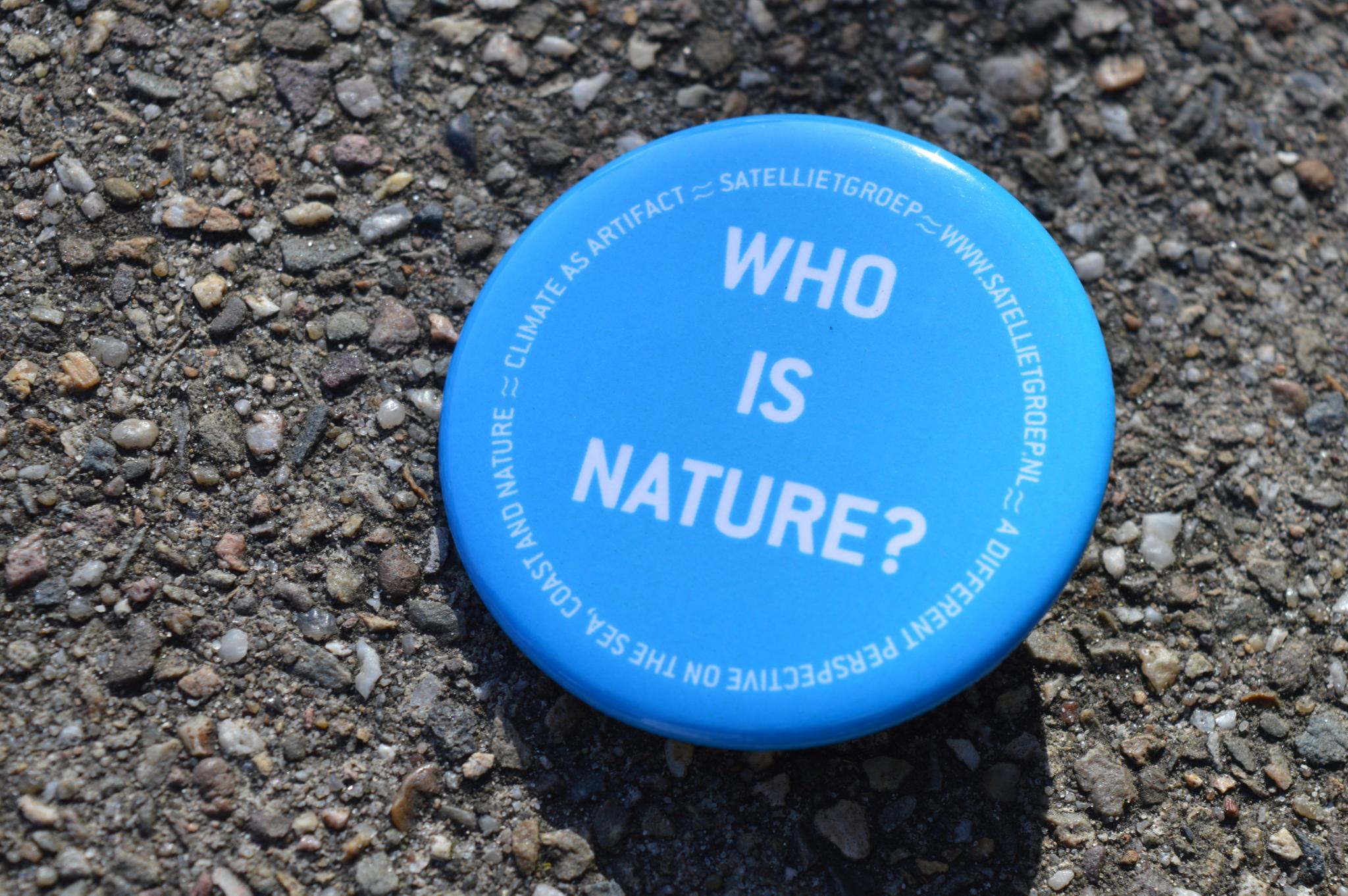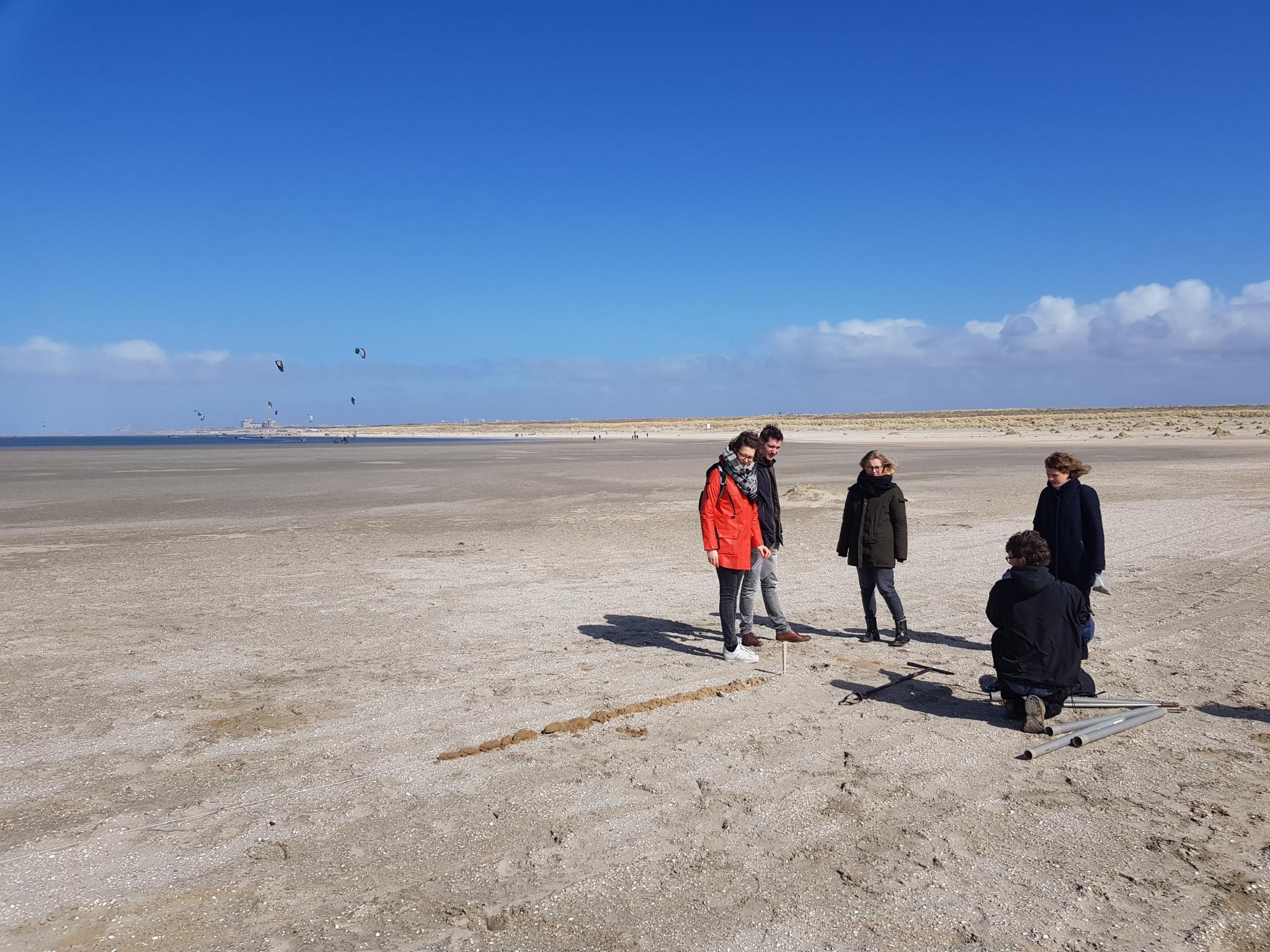A report by Paraskevi Makridou
The Zandmotor workshop took place on a windy Thursday of April. After a very informative introduction about the Zandmotor experiment and its cultural dimensions by the artist Jacqueline Heerema from Satellietgroep, we took off to explore and feel the coastal landscape and rethink our notions about the connection between culture and nature having in mind the central question, “Who is nature”.

It is a well-known fact that Dutch seacoast suffers from major erosion and sea level rise. The location of Zandmotor, just outside the city of Hague, was chosen to conduct an experiment, to deal with the problem in an alternative way. The Zandmotor (Sand Motor) is an artificial peninsula constructed in 2011 and made exclusively of sand. The concept behind the construction was to “build with nature”, using natural resources instead of big amounts of concrete. The Zandmotor experiment is questioning the traditional coastal defence strategies and is aiming at developing new ones, to generate new knowledge that could be used in the future, both in Netherlands and worldwide.
Other than that, the Zandmotor experiment calls us to rethink our perceptions of culture and nature. In the anthropocene era, when humans affect landscape as nature, is it always easy to draw a clear line between cultural and natural landscape? After all, nature is not that natural, as we might think. Zandmotor might seem like a brand new landscape, but in fact holds information about the past, memories and has witnessed migration of elements and changes. A simple walk on the sand at Zandmotor, is a unique experience. Here you can find diverse materials that look odd in this environment such as, river rocks, which were relocated here some thousands years ago, or bones from big mammals, that tell a story and we are the audience. But even if we can’t see traces of the past can we feel or taste them? Having these in mind, we have to ask ourselves, “Who is nature”.
But is Zandmotor, both a natural and cultural landscape, eligible to be nominated as a UNESCO World Heritage Site, before its natural destruction around 2030? And if so, should it be considered tangible or intangible heritage? This question imposed by the artist Jacqueline Heerema triggered an interesting discussion during the workshop. Diverse views were expressed but she has her own answer. Maybe, it is time to develop a new language and a new definition of heritage. Zandmotor might not justify the term “sustainable”, but it is “innovatory heritage”, as she likes to call it. It is a unique example of coastal defense strategies and water management around the world, a true innovation trying to work with nature and not against it.

